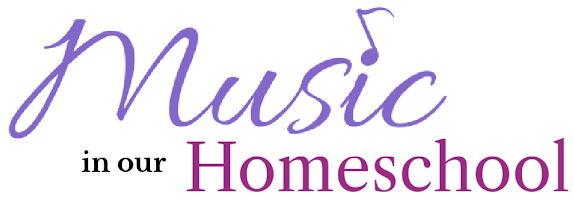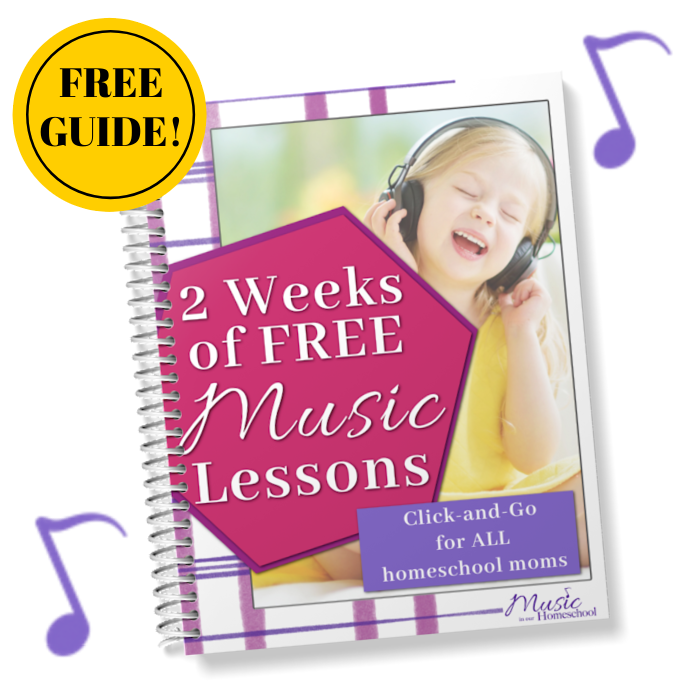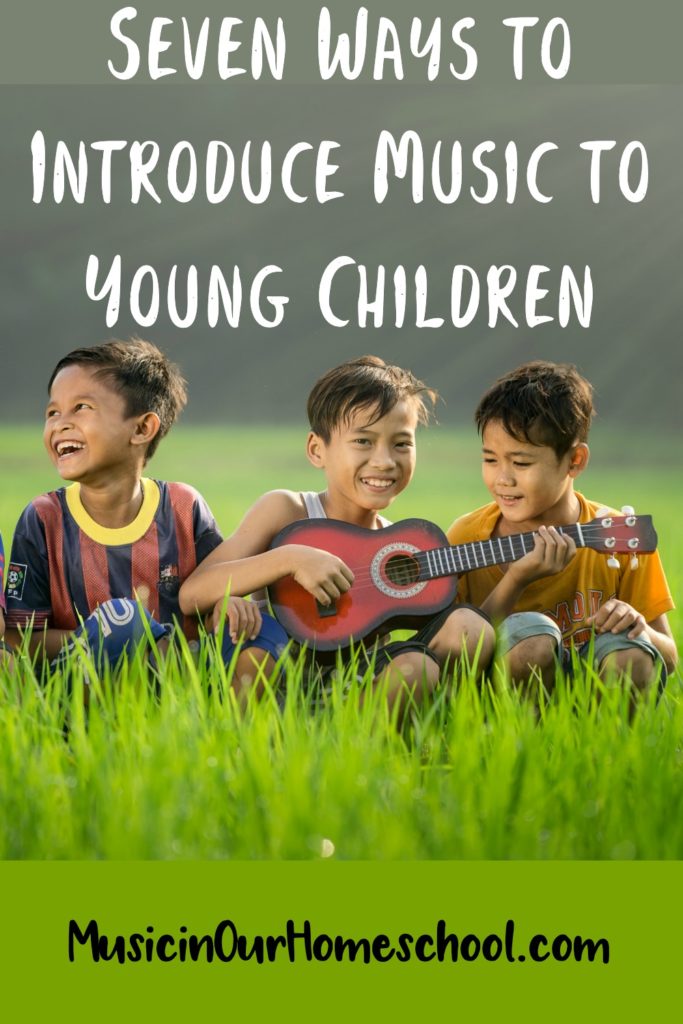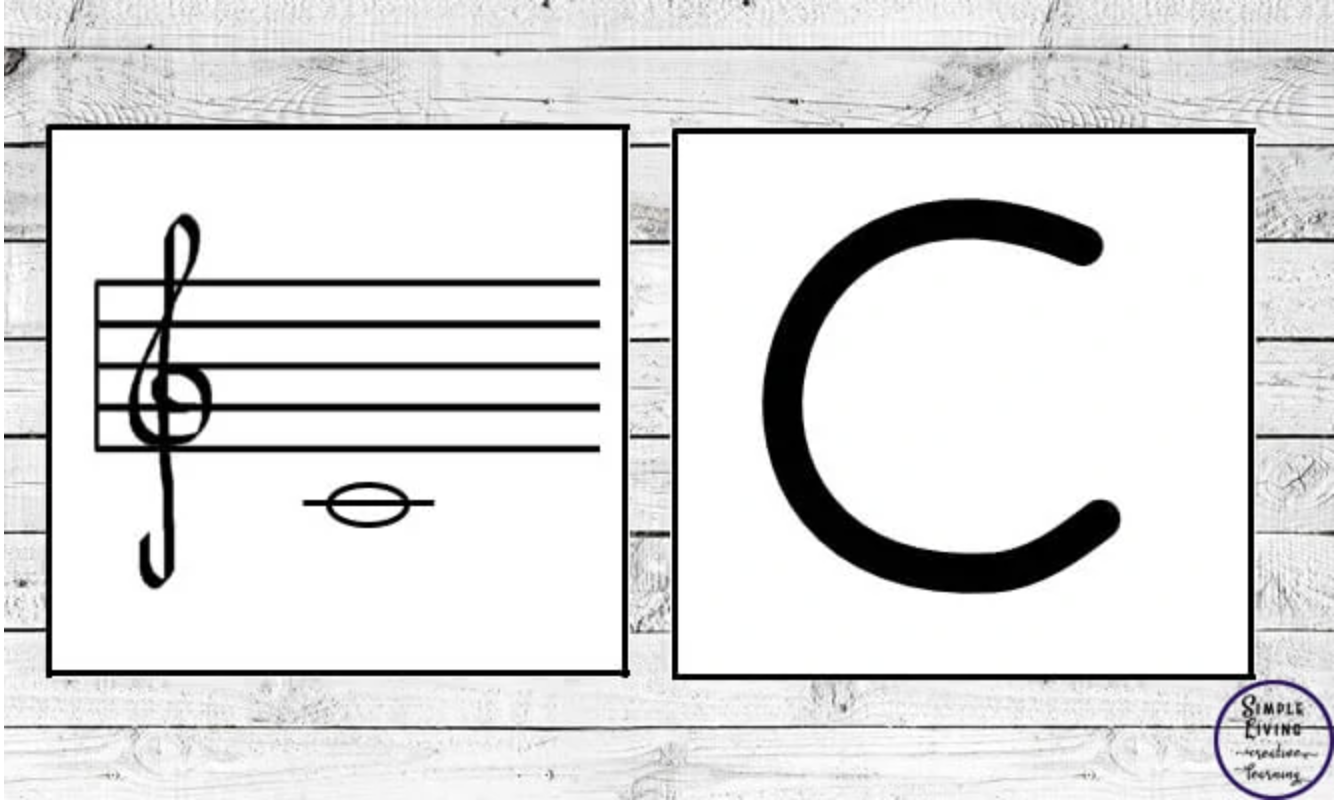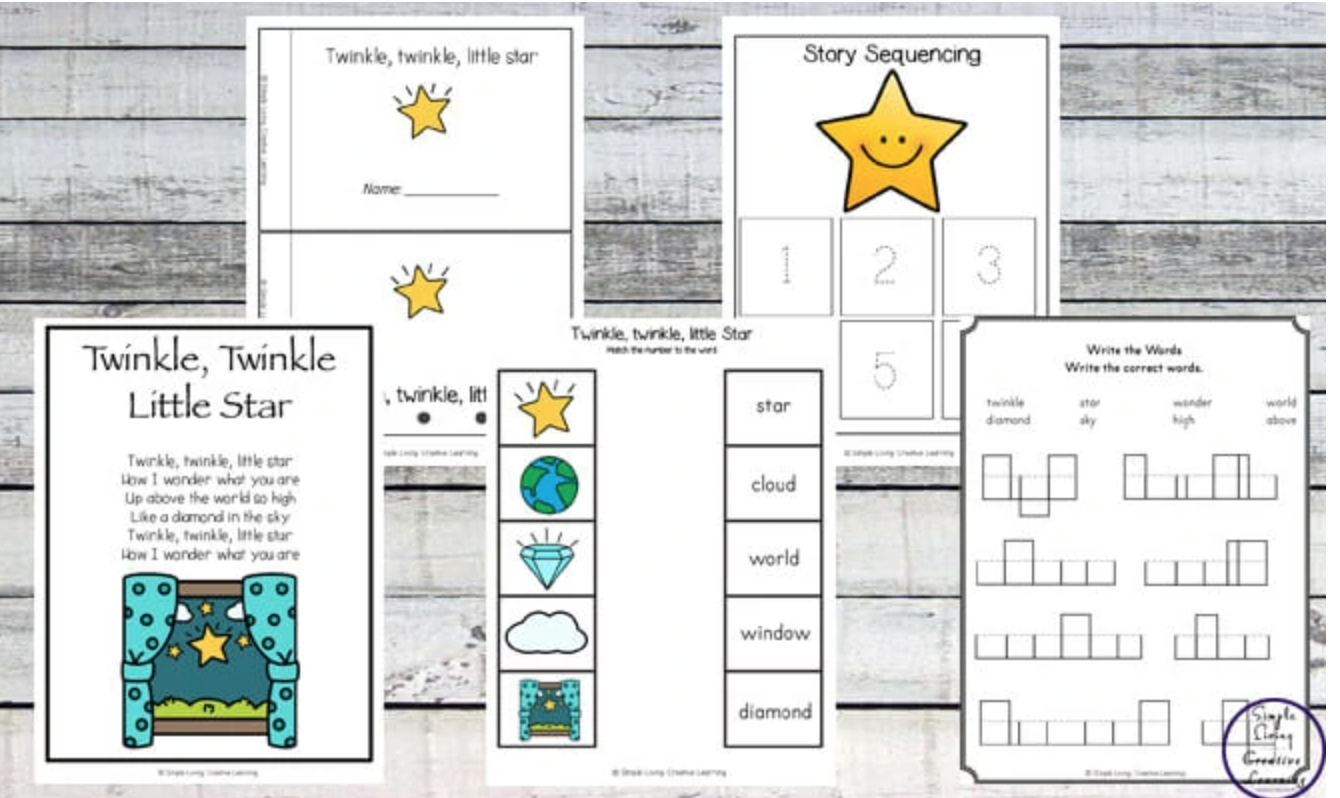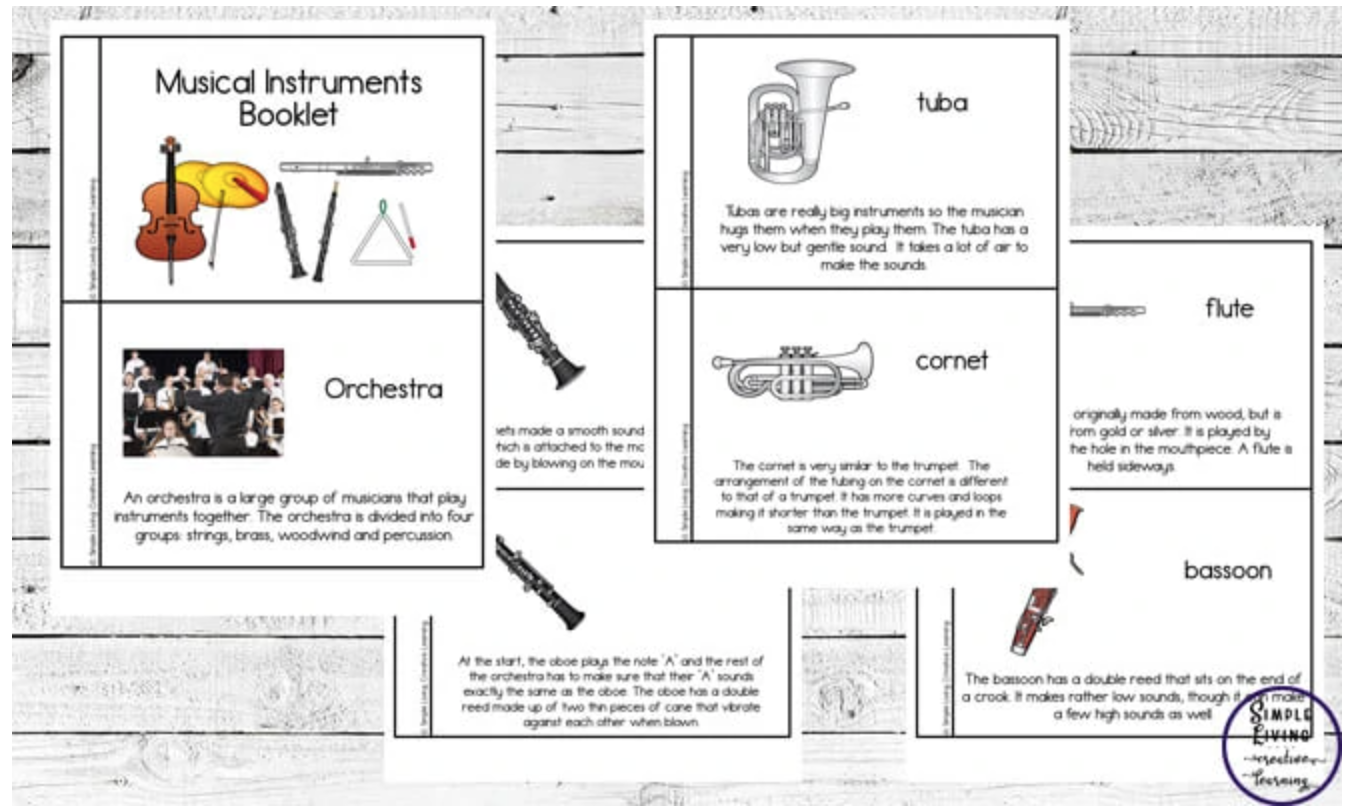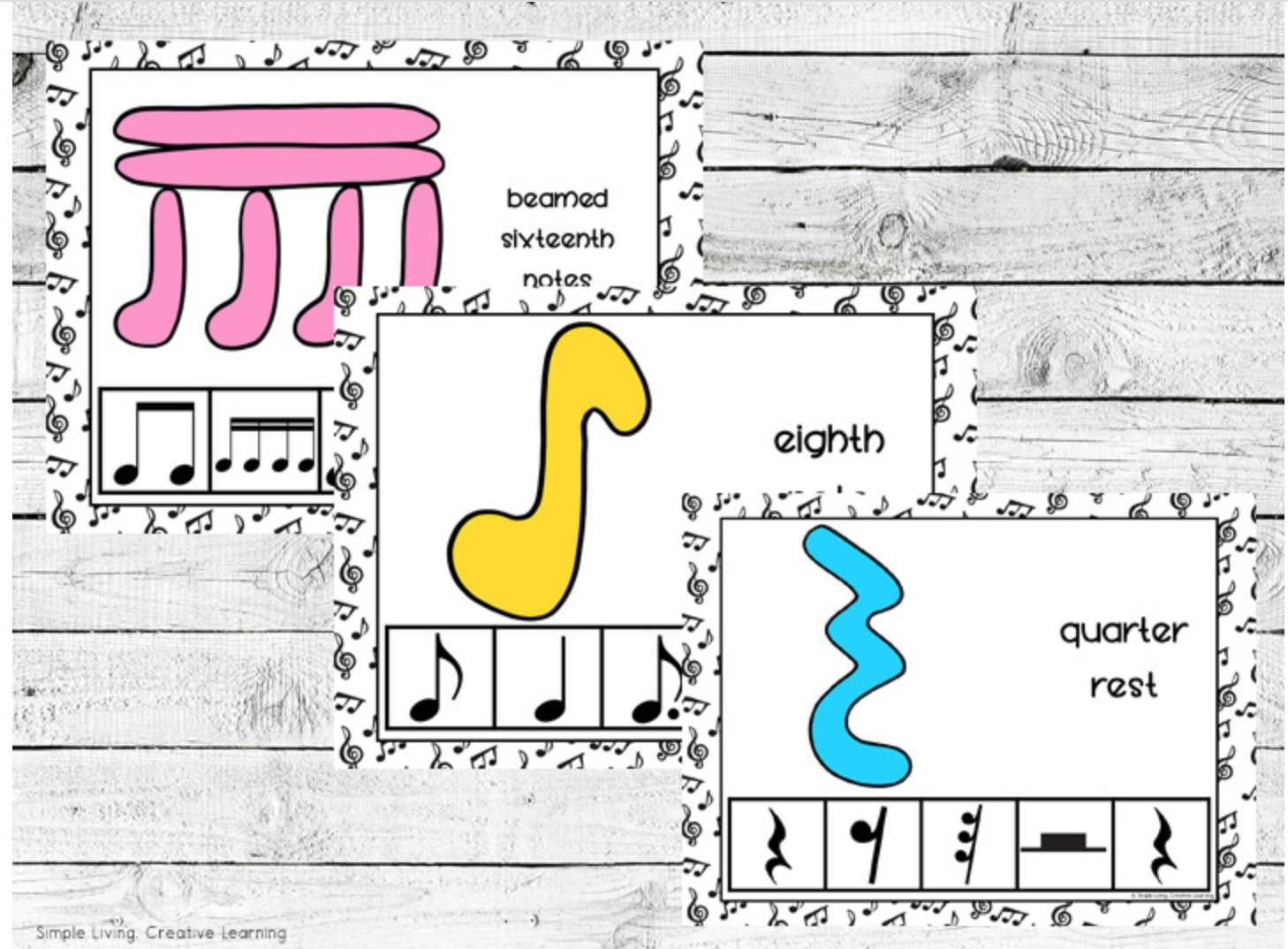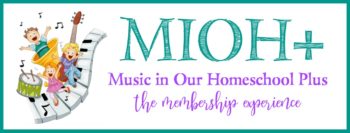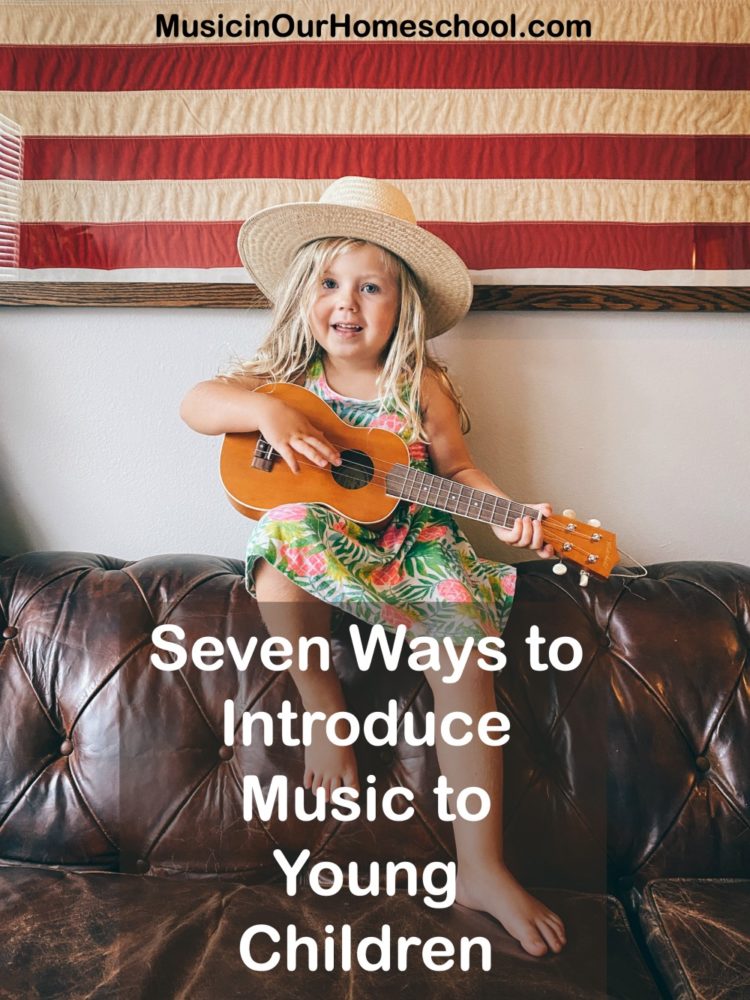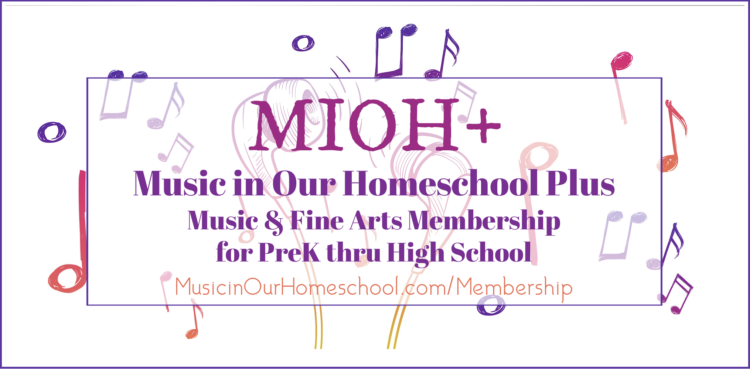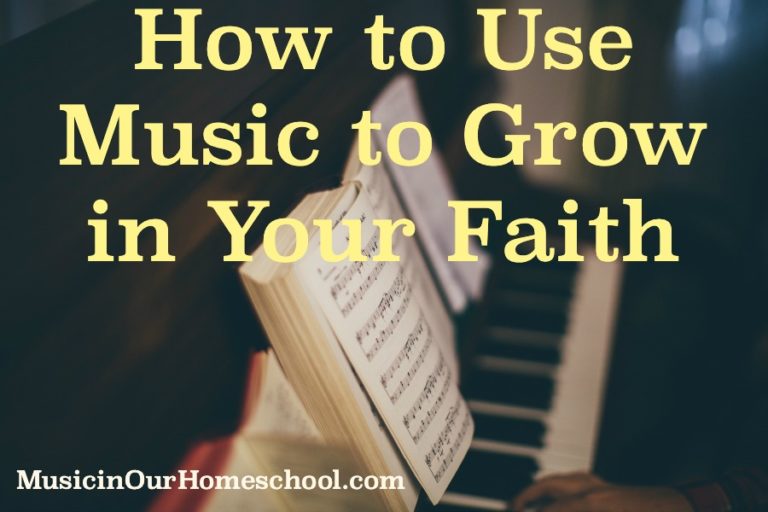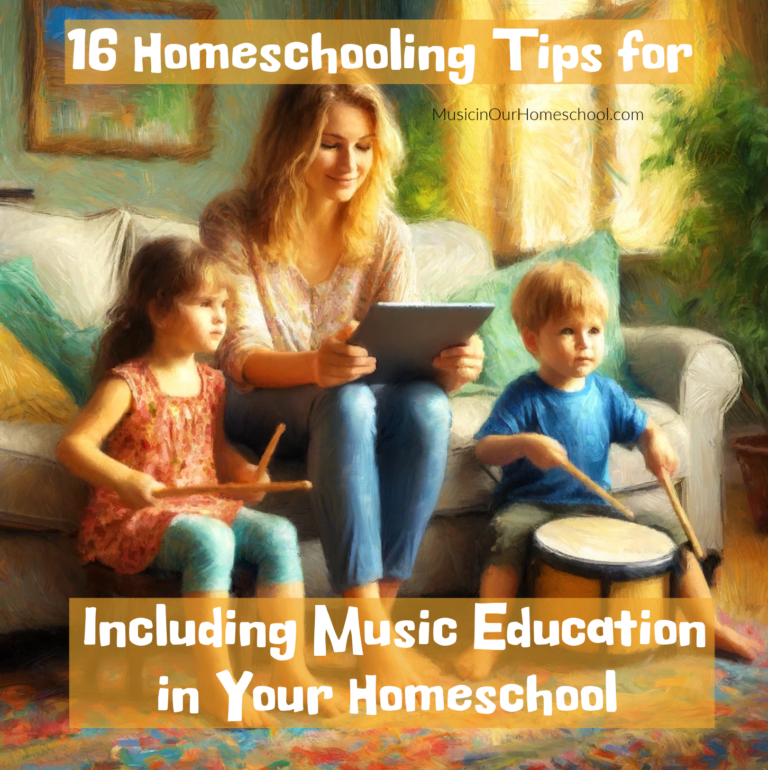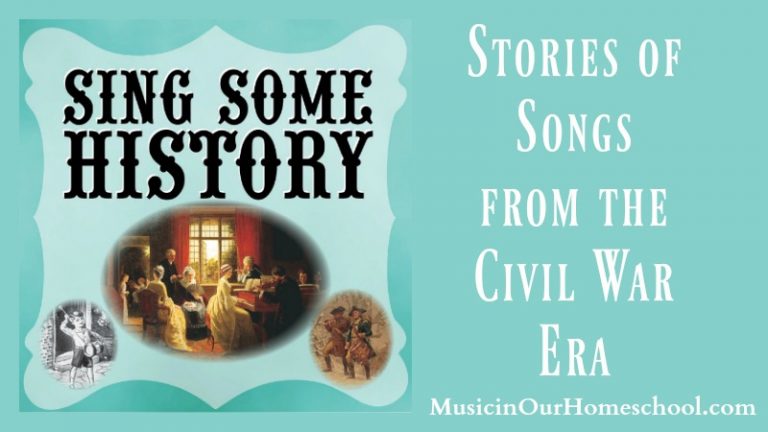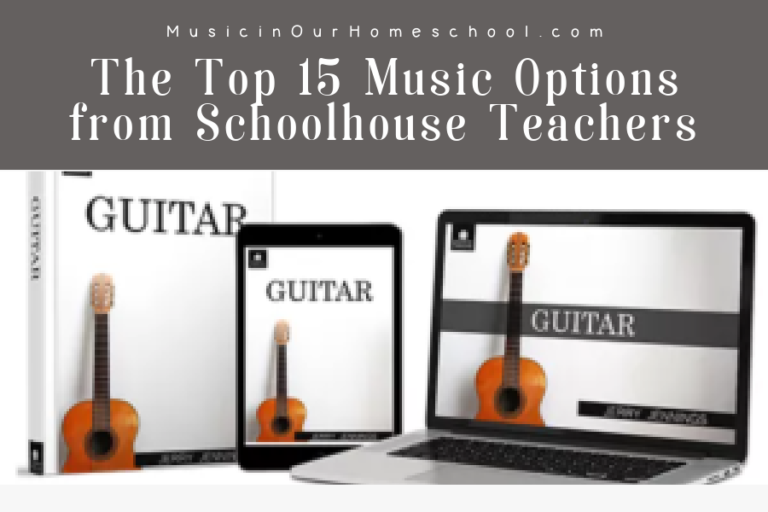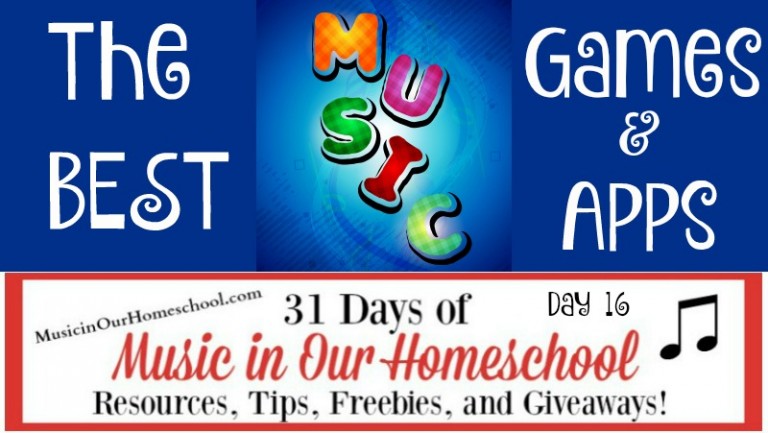Seven Ways to Introduce Music to Young Children
[Today we have a guest post “Seven Ways to Introduce Music to Young Children” from Stacey Jones of Simple Living, Creative Learning.]
Seven Ways to Introduce Music to Young Children
Children as young as 2 and 3 can learn basic music concepts. Introducing music to children at this age and continuing to build over the years, builds a great foundation for them, especially if they chose to go onto singing, composing or learning to play a musical instrument. You don’t have to spend a lot of money to have fun while learning about music. Here are seven fun, exciting and cheap ways to introduce music to your children.
Action Songs and Musical Games
Action songs that have movements that go along with them such as Head, Shoulders, Knees and Toes, or If you’re Happy and You Know It, is a great way to get kids moving while listening and enjoying music. Games like musical chairs, pass the parcel and dance freeze (freeze when the music stops, dance when it starts again) are a great way to introduce kids to music.
For a quieter game which children could complete independently, you could print out these Music Flashcards and use them to play memory and matching games!
Read Nursery Rhymes
Nursery rhymes are a great way to introduce little ones to rhythm and rhyming words and also a great way to help boost their listening skills. Keep it simple, slowly introducing one nursery rhyme at a time, clapping your hands or tapping your foot to the rhythm as you say the rhyme. Kids could join in by jumping or moving their body to the rhythm. They could use one of their homemade musical instruments to tap out the rhythm while saying the rhyme.
Play Music in the Background
While having a quiet time or for those young ones that still have an afternoon nap, try playing some soft, relaxing music. Not only will it help calm them, but this is a great time to bring in some of the classical music by Beethoven and Mozart.
While cleaning the house or driving on a road trip, fill your car or house with music. This will not only introduce them to different types of music, but it will help create happy memories and help improve the family bond.
Make Basic Instruments
Making easy DIY homemade instruments is a fun craft project that you can do together. A DIY guitar is easily made by stretching rubber bands over an empty tissue box, a drum can be made using a saucepan and wooden spoon, or a xylophone can be made by filling glass mason jars with colored water of different levels. Each jar, when tapped with a small rubber mallet, creates a different sound.
Shakers or maracas can be made by filling a plastic water bottle or plastic egg with rice or dry beans. Make sure to tightly close these bottles and eggs to keep your kids safe and your house clean.
To learn more about these and many other types of instruments and how they fit into an orchestra, print out and read this musical instruments booklet with them.
A Creative Approach to Introduce Music to Young Children
For a more hands-on and creative approach with very young children, why not have them use playdough to create the notes. As they are doing this, they are not only working on their fine motor skills which will help with playing an instrument in the future, but they are also learning to recognize and name notes. To increase learning with this activity, they could create the patterns from rhythm cards (see below) or create their own patterns.
Another way to introduce music symbols to your children, especially if they love to color in, is with these Music Symbols colouring pages. Each page in this printable pack includes the symbol they can decorate as well as the name of the symbol and a short explanation on how it is used in relation to music. Or maybe they would like these Music Color by Code worksheets.
Learning Rhythm
Children will also need to be introduced to musical notes and time values. Rhythm cards are a great way to learn about the different notes that are used in music as well their time values. These cards are great as they have noted rhythms on them which children can clap, tap, or use percussion instruments to play.
Beginner Music Theory
One very important step in learning music is theory. First, they need to learn about the staff, clefs and notes to be able to read, write and play music. To familiarize children with these, as well as the scale, try this Beginner Music Pack.
Beginning Music Theory is a part of the Music in Our Homeschool Plus elementary membership experience.
Get on the waitlist now! Next open enrollment is Nov. 15, 2020.
Conclusion
Learning music is like learning a language. All the symbols that are used on a sheet of music covey a message, relaying the pitch, speed, and techniques that are needed to play the song. Obviously, not everyone will be interested in learning about music, but if you are consistent in adding a small musical related activity into each day, your children may soon become interested, reap the benefits of learning to enjoy a wonderful future surrounded by music.
Do you have other ideas for how to introduce music to young children? Please leave a comment below!
Bio of Guest Contributor:
Stacey is a stay at home mum from Australia who has been homeschooling her two boys since the beginning. On her blog Simple Learning, Creative Learning, you will find many articles and printables on organising the things you have and becoming more minimalist in the process. You will also find many yummy recipes that are easy to create and that will be enjoyed by all. In the Creative Learning category, there are hundreds of free printables on this site as well as a few paid ones.
Related Posts
- 15-Minute Music Lesson on Nursery Rhymes
- 10 Songs All Preschoolers Should Know
- The Best Musical Activity for Babies, Toddlers, and Preschoolers
- Why and How to do Music and Movement with your Preschoolers
